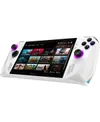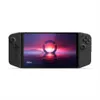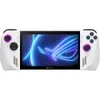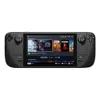I finally tried the MSI Claw 8 AI+ and it makes other handheld gaming PCs look boring
It’s time for more than just black or white handheld gaming PCs
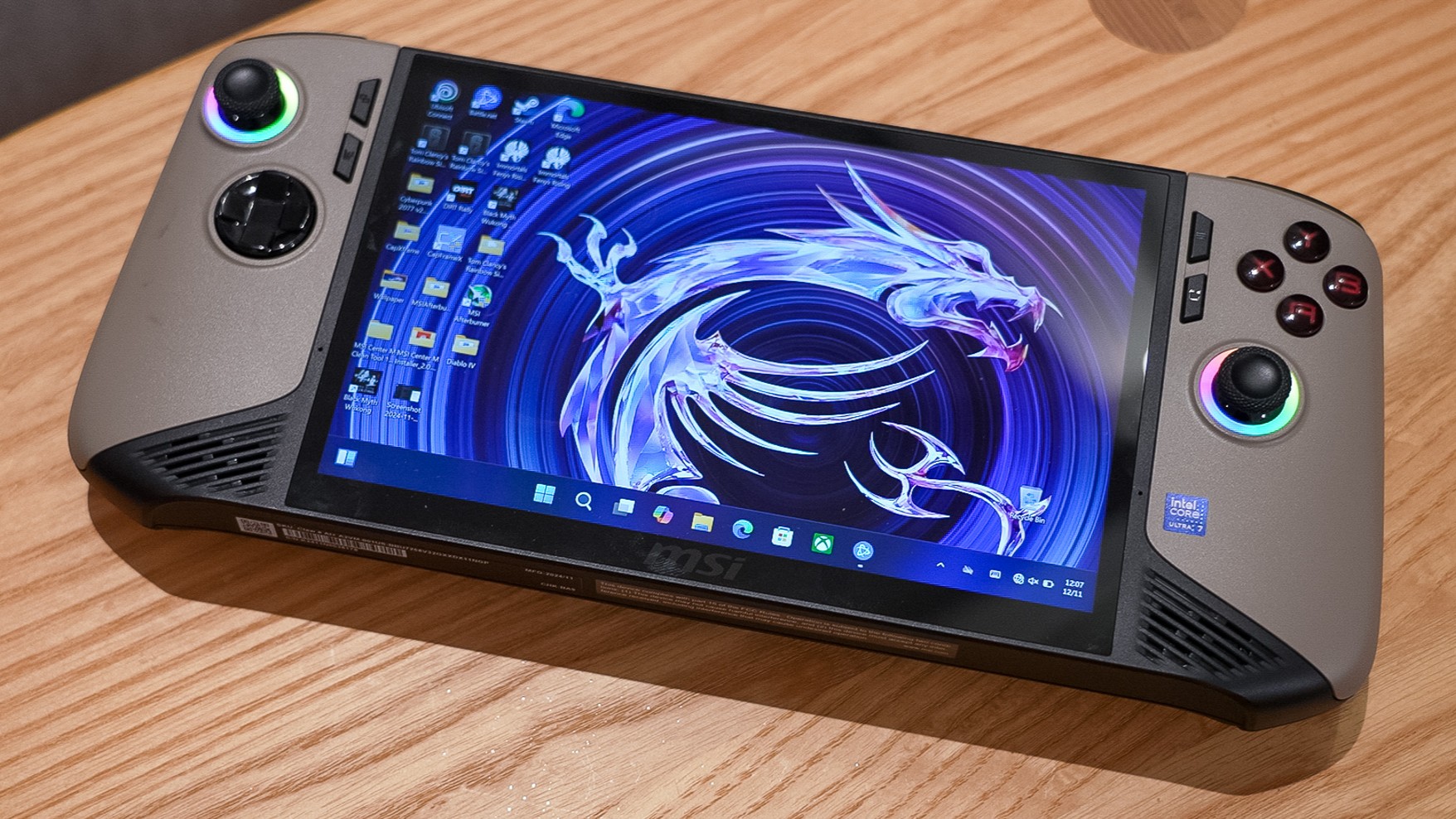
Ever since the release of the original Steam Deck which created a whole new category for PC and console gamers alike, the best handheld gaming consoles haven’t slowed down at all.
From the Asus ROG Ally to the ROG Ally X to the Lenovo Legion Go and of course, the MSI Claw, you now have plenty of different options to choose from when it comes to design, screen size, etc. Unfortunately, trying out one of these handheld gaming PCs can be a bit more difficult than, say, going to a friend’s house and playing their Nintendo Switch OLED.
You’re getting a lot more power under the hood — and paying more in the process — but even at your local Best Buy or other big electronics retailer, you might not have a chance to test out your new handheld in person. This is one of the reasons I love events like CES at the beginning of the year or Computex in Taiwan in the summer.
Taking the time to cover these events in person gives me a chance to go hands-on with the latest devices regardless of whether they’re laptops, monitors, desktops, gaming handhelds or my favorite of the bunch, the best mini PCs. Just like at work, when it comes to picking up a new device for myself, I love diving in and doing all the research. In fact, sometimes that can be a bit more fun than when I actually have the device in question.
When it comes to handheld gaming PCs, most of my time with them so far has been with the original Steam Deck when a friend loaned it to me after getting the Steam Deck OLED. I do like how Windows-based handhelds come in all sorts of different shapes and sizes though, so I’ve been on the lookout for one for a while now. After getting just a tease of the MSI Claw 8 AI+, I finally got to try it out at CES 2025 this week and one thing’s for sure, it looks even better in person.
Just out of reach
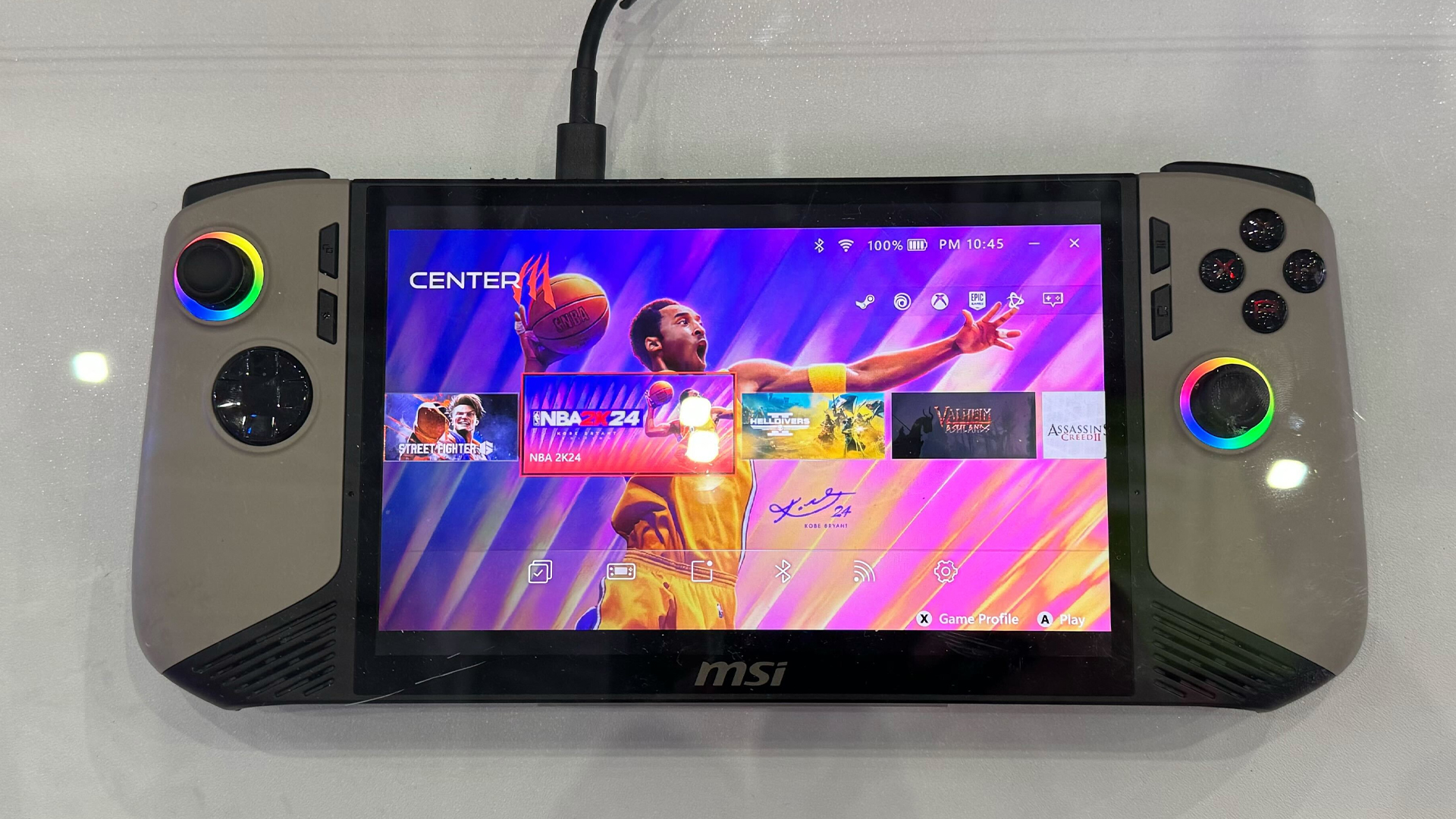
The original MSI Claw was released in March of last year and then, just three months later, its successor was announced. However, as you can see in the picture above, taken back in June when the Tom’s Guide computing team went to Taiwan for Computex, the MSI Claw 8 AI+ was basically ready at that time, at least design wise.
If you take a closer look though, you’ll see glare on the left and right of the photo — something we always try to avoid — which came from the fact that MSI’s new console was under lock and key in a glass case at the time. You see, the MSI Claw 8 AI+ was showcased at Computex, despite being very far off from release, as part of the launch of Intel’s Lunar Lake chips.
At that time, we wanted nothing more than to get our hands on MSI’s follow-up to the original Claw. Partially because we were intrigued by the company’s larger handheld gaming PC but more so due to its unique-looking design.
Well, this week, when I went over to the MSI booth at CES, the Claw 8 AI+ wasn’t behind glass and I got to play with it to my heart’s content. Its new larger 8-inch, 120 Hz display looks even better up close and the inclusion of a Lunar Lake chip and the jump from 16GB to 32GB or RAM made using it feel even snappier.
This week, when I went over to the MSI booth at CES, the Claw 8 AI+ wasn’t behind glass and I got to play with it to my heart’s content.
Unfortunately though, I have small hands and it just felt a little too big for me. It was then that I took a step to my right and tried out the new MSI Claw 7 AI+ handheld. Now this one felt a lot better in hand for me personally and specs-wise, the two devices are very close except for a few key differences. The Claw 8 AI+ has a larger screen, bigger battery and more storage capacity than the Claw 7 AI+. Likewise, it’s using the latest wireless tech with Wi-Fi 7 on board while MSI’s smaller handheld has Wi-Fi 6E which does give you access to the faster 6GHz band but you lose out on a few of Wi-Fi 7’s new features.
I could deal with a smaller screen, less storage and perhaps even lower battery life as I’d probably keep such an expensive gadget at home for the most part. However, I’d be missing out on my favorite thing about the Claw 8 AI+: its two-tone design. Subjective I know, but since you’re looking at your handheld every time you use it, I know I’d regret not having a more colorful device. Or to put this in perspective for those who don’t care about colors the way I do, imagine buying a Steam Deck LCD and kicking yourself over how you didn’t get an OLED one.
Lost in a sea of black and white
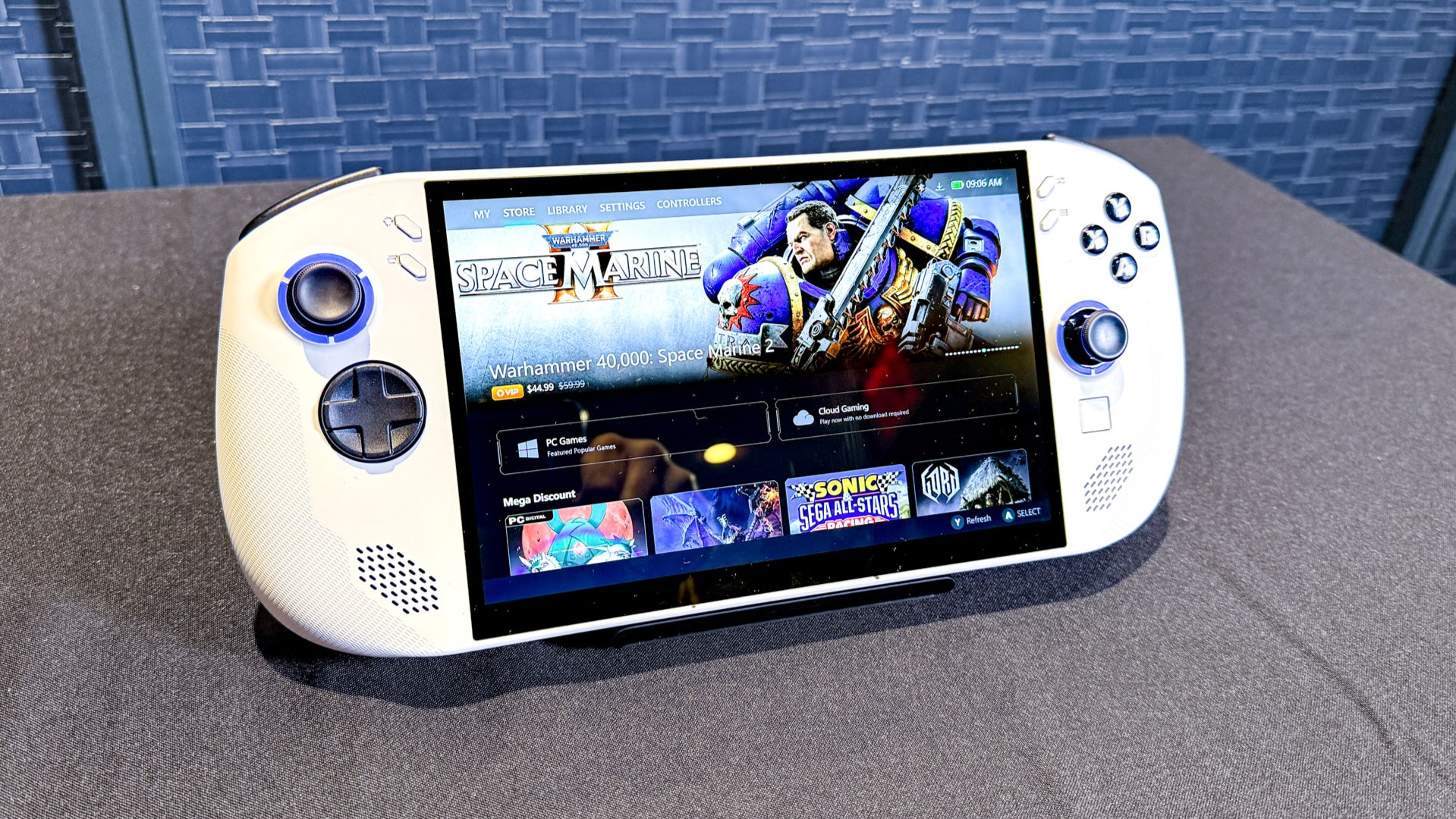
When it comes to handheld gaming PCs, these days, you really only have two color choices: black or white. Or maybe even transparent but for that, you’d need to buy a limited edition Steam Deck the moment they're announced or miss out entirely. We have seen MSI, Asus and Lenovo add a splash of color with some RGB rings under their joysticks but so far, the Claw 8 AI+ is the only one with a distinct multi-colored shell.
In fact, back when the ROG Ally launched, the fact that it came in white was kind of a big deal compared to the original Steam Deck’s black. Going back to Computex for a second, I did get a chance to try out the Zotac Zone there which comes in dark grey. Even then though, the new Zone coming this year has made the switch to white while the ROG Ally X made the switch from white to black.
To cover all my bases here, the original Legion Go is a dark gray/black while the new Legion Go S will come in white if you get the Windows version and black with a touch of purple (Lenovo’s calling this Nebula Violet) if you get the SteamOS version. I played around with the latter Legion Go S at CES earlier today but in the darker side of Lenovo’s demo area, it looked more black than purple. It could very well look quite different with better lighting or out in the sun. That’s a step in the right direction but I think we can go even further when it comes to both colors and customization.
Thinking beyond the Claw
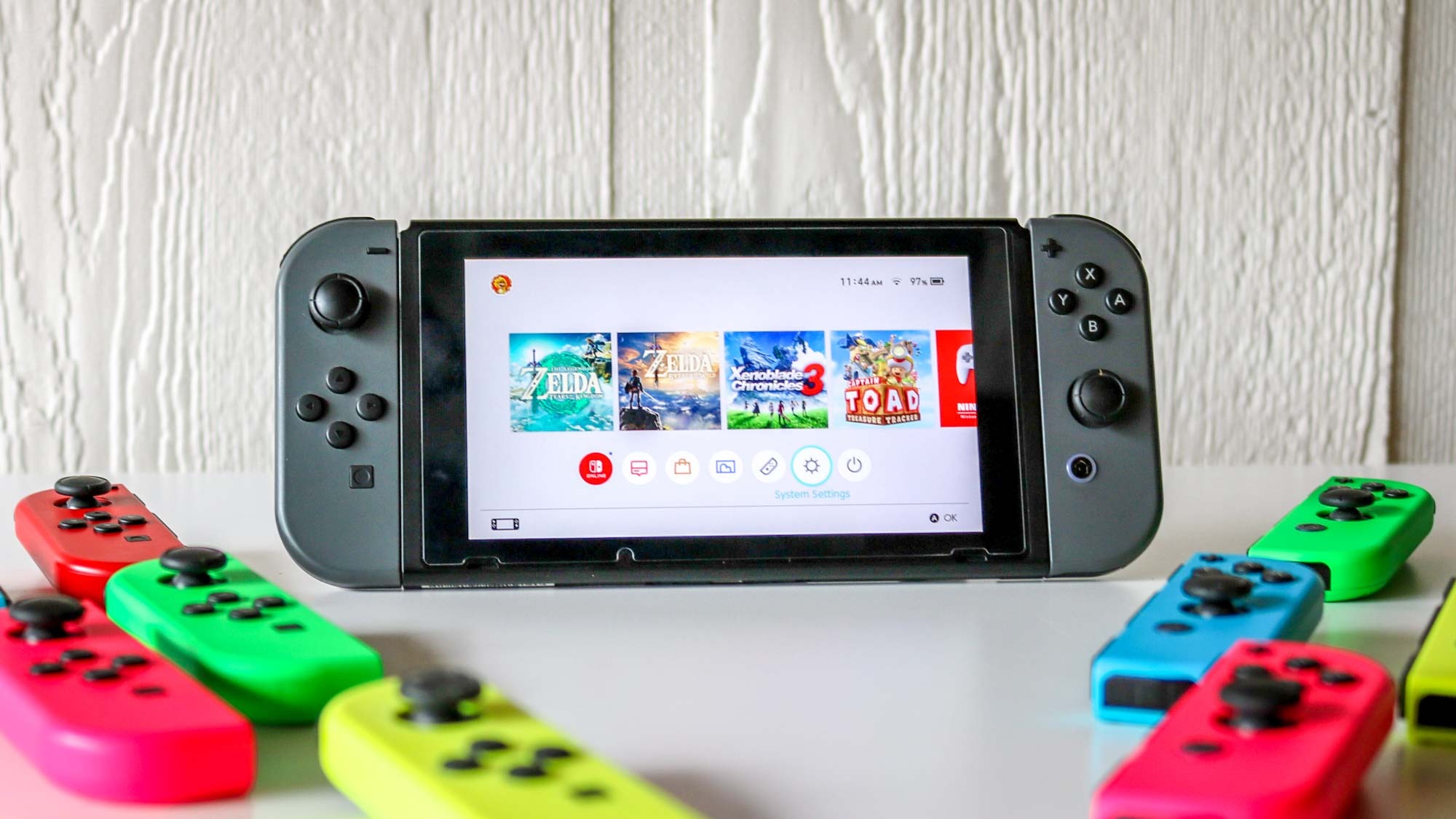
Besides better graphics, longer battery life and sharper screens, what I’d really like to see with handheld gaming PCs is more customization and if you guessed that involved colors, then you’d be right.
In the same way that many of the best PC gaming controllers or even a few of the best phone controllers do, I’d love a handheld gaming PC with magnetic faceplates to swap colors on the fly. One of my favorite things about the Nintendo Switch (which really was the Steam Deck’s inspiration or at least had an influence on its development), was that you could easily add a splash of color while customizing your own console just by clicking on a new pair of Joy-Cons.
The Legion Go does have detachable controllers but Lenovo didn’t follow in Nintendo’s footsteps. There’s another big company out there that I would love for handheld gaming PC makers to emulate and that’s Microsoft. Imagine if there was an equivalent of Xbox Design Lab when configuring your new handheld. Now that would be cool.
Personally, I’m still not sold on Windows-based handheld gaming PCs due to the fact that Windows 11 wasn’t really built from the ground up for these types of devices. Now with the eventual Windows 12 though, Microsoft has the opportunity to do things differently but only time will tell with that one.
As for the MSI Claw 8 AI+, I absolutely love its design but it’s a bit too big for me and I wish the Claw 7 AI+ had that same two-tone color to it. My search for a potential handheld gaming PC continues but if MSI took a page out of Lenovo’s book at some point and made a Claw with SteamOS (with a colorful design), I’d certainly be intrigued.
More from Tom's Guide
- Nvidia GeForce RTX 5090, RTX 5080, RTX 5070 Ti and RTX 5070 graphics cards are here — everything you need to know
- These are the best gaming handhelds of CES 2025
- I rarely stream PC games to my phone but Razer just convinced me with PC Remote Play
Sign up to get the BEST of Tom's Guide direct to your inbox.
Get instant access to breaking news, the hottest reviews, great deals and helpful tips.

Anthony Spadafora is the managing editor for security and home office furniture at Tom’s Guide where he covers everything from data breaches to password managers and the best way to cover your whole home or business with Wi-Fi. He also reviews standing desks, office chairs and other home office accessories with a penchant for building desk setups. Before joining the team, Anthony wrote for ITProPortal while living in Korea and later for TechRadar Pro after moving back to the US. Based in Houston, Texas, when he’s not writing Anthony can be found tinkering with PCs and game consoles, managing cables and upgrading his smart home.




